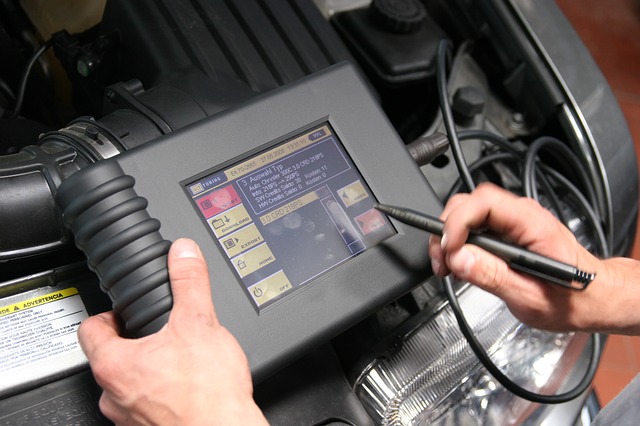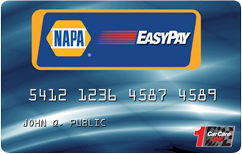
Today’s mechanics are a savvy bunch. More than being mechanically inclined and familiar with a wrench and bolt, they also need to be tech smart. Because vehicles today have computers under the hood as well as engines, mechanics must understand the workings of both. While we used to think of European brand like VW, BMW, Audi and Mercedes Benz as being the most technologically advanced brands, the digital age has reached every foreign and domestic model of car. We can get nostalgic thinking of how mechanics of yesteryear didn’t have to wrestle with auto repair related to Diagnostic Trouble Codes (DTC) or On-Board Diagnostics (OBD).
Code Interpretation Now Part of Automotive Repair
For better or worse, auto repair for today’s changing times requires that mechanics can understand and properly interpret these often confusing codes. Since auto repair for modern vehicles (those past 1996) use them in one form or another, interpreting them is as important as knowing how to use a ratchet.
Today’s computerized dashboards basically allow the vehicle to talk to you, the car’s owner, and tell you what is wrong with it. That’s how it is supposed to work in theory anyhow. Unfortunately, the complexity of OBD codes most often means that the car is communicating to you in a language you can’t really understand. To better figure out what’s going on, you typically need the assistance of an auto repair professional, one trained in how to translate OBD for car repair.
Sensors Tell Us via OBD Code Where Auto Repair Issues Are
To begin, let’s start with a dashboard light notification most drivers are somewhat familiar with: the dreaded check engine light. This illumination tells you that the car’s sensors have detected that something is amiss in the engine system. However, the check engine light doesn’t tell you exactly what engine repair if any is needed to resolve the problem.
That’s where these more detailed DTC or OBD codes come into play. When used and interpreted properly, they can communicate the specific automotive problem. An expert mechanic in San Diego can use this information to determine the proper auto repair needed to fix the issue.
Rely on OBD Scanners for Auto Repair at Your own Risk
So how do you, the ordinary vehicle owner, figure out what these OBD codes mean? Well you can go down to your local auto repair parts store and buy an OBD scanner. Unfortunately, the quality of these products varies widely and misinterpretations are common. They can be used as a gauge to help you figure out in general terms what is going on with your car.
That being said, most auto repair experts will tell you that you should use an abundance of caution when performing an auto repair based on the readings of OBD scanner. Unless you are an experiences automotive mechanic, reading and interpreting codes is a complicated business indeed.
Auto Repair Mechanics Have Become De-Coders
So let’s begin to look at these DTC or OBD codes for automotive repair. Remember how way back we said these codes were written in car language rather than English? Here’s what we mean:
These codes are categorized as a single letter followed by a four-digit number. Each letter refers to a specific system of the car and each number sequence refers to a specific problem area. There are four possible letters you will see in the code: B (body), C (chassis), P (powertrain), or U (network & vehicle integration system). (Hmm, not sure where the last one came from?)
So OBD code C 1234 means you have a problem with the steering and suspension unit and suspension system repair may be required. The OBD code P 1234 means you have a problem with the transmission, engine or






